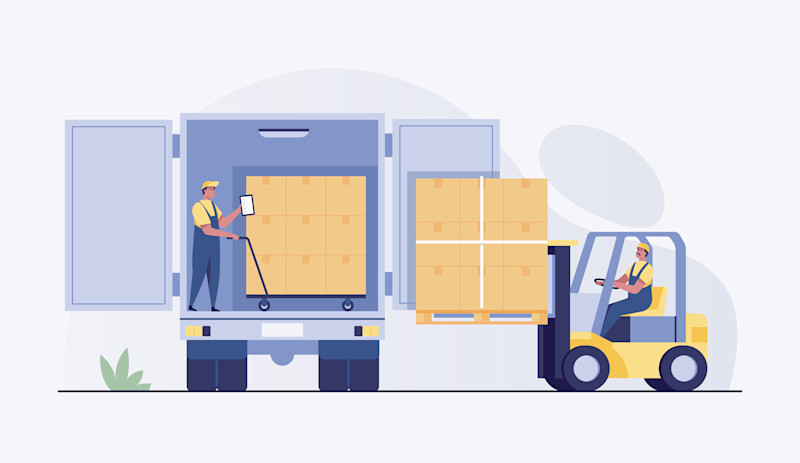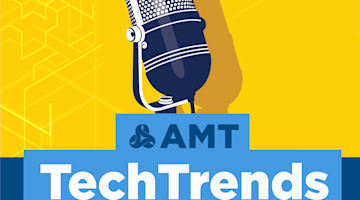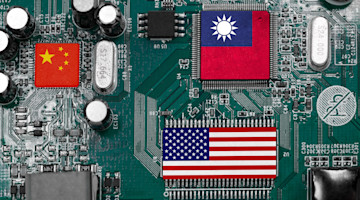Although artificial intelligence (AI) is likely to have an impact on your operations at some point – assisting with things like predictive maintenance, quality control, and process optimization – I’d like you to consider another type of AI, something that can help improve your operations right now.
And this type of AI is based simply on your willingness to make it happen – on more shoe leather and less silicon.
It’s “active intelligence.” There is no software required. This is about getting out of your office and going to the places where actionable things can be learned and subsequently acted on.
For many people, COVID created a habit that isn’t beneficial: relying on communications that are through a screen, not face-to-face. For active intelligence to be implemented, if that’s one of your habits – emails, Zoom meetings, phone calls – you need to kick it. Not entirely of course.
But get out of your office on a regular basis. Trust me: This is something that I’ve had to remind myself of.
Let’s consider three areas where active intelligence can make big differences: customers, technology, and employees.
With customers, the folks that keep your lights on, it is far too easy to let the relationships run on autopilot – until something unexpected happens, at which point it may be too difficult to regain control.
Acquiring active intelligence can take different forms, all of which are useful. Because you’ve shipped equipment to a customer’s shop, have your staff check in with the people who work with the equipment. Find out how it is performing. Ask if they can get a read from the customer’s purchasing department on how things are going.
More importantly: Get out there yourself. Chances are you have a handful of key customers. Schedule visits with each of them. Say you have nine. Group them in three. Each month, carve out a couple days to see a group. This means you’ll see all nine during a quarter. Not only is this important for firming up the relationships with them, but you can get a firsthand look at what’s happening there, from the number of cars in the parking lot to the activity on the shop floor. I’ve found that spending time on the ground with customers makes a big difference – for both of us.
Additionally, make yourself aware of how the segments your customers are working in are doing. Read trade magazines. Consult with organizations like AMT that have market data. If your customers are public companies, look at their quarterly reporting information. To learn about trends and factors that might affect them – and if it affects them, it will affect you – pick up publications that might not be on your regular reading list, whether it is Barron’s or Fast Company. (I don’t have subscriptions to them, but when I take a flight to visit customers, I buy copies and make it my airplane reading.)
On the technology front, stay current on two aspects: (1) the equipment and systems that you have on your floor right now, as in knowing its condition and productivity; (2) the new developments that can have an impact on your operation’s performance.
While you can simply Google any subject and watch a YouTube demonstration, there is no substitute for actually seeing things in their physical, not digital, form. This is an year, so I would strongly urge you to put that on your calendar and make plans to be in Chicago. There is no single event that is both as convenient to you and comprehensive for you as IMTS.
But you should also visit tech expos in other parts of the world, such as EMO in Europe and JIMTOF in Japan. Why go that far? Because often smaller and medium-sized companies have interesting technologies but don’t have the budgets necessary to attend events in the United States. Consequently, the only place you are likely to see it is in its home market. I know that this is a large time and expense commitment without a guaranteed ROI, but discovering new technology early can provide a competitive advantage.
Another way to gain some useful intelligence is to attend events that might be adjacent to your market (say an event held by companies like NVIDIA and Autodesk) or that are the end markets of your customers (like medical equipment or aerospace). This awareness can be invaluable for your own decision-making as well as your ability to talk to your customers on their terms.
Finally, there is the issue of active intelligence and your employees.
You’ve got to meet them where they are, which means your facilities.
I learned an important lesson from my grandfather about this. He ran several operations in the Rochester, New York, area. When he’d drive to work, he’d regularly stop at one of these shops to get a firsthand look at what was going on. He’d consult the data and reports when he got to his office. But he found it was extremely valuable to have on-the-ground knowledge.
Here’s an important thing he did: He didn’t go through the front door but started at the loading dock. That way he could see what was incoming and, importantly, outgoing. He talked to the people in shipping, then made his way onto the factory floor, where he chatted with operators about their jobs. By the time he got to the front offices, the plant manager was fully aware he was there and ready to discuss how things were going.
Maybe it added an hour to his day, but for him, it was important, and nowadays, when labor is in short supply and it is hard to keep good employees, I can think of no better way to get to know your people outside of deliberately and regularly talking with them.
Active intelligence is one part commitment and one part consistency. It may not get the attention of the other AI, but it is likely more important to your success for the foreseeable future.
To read the rest of the Automation & Robotics Issue of MT Magazine, click .









